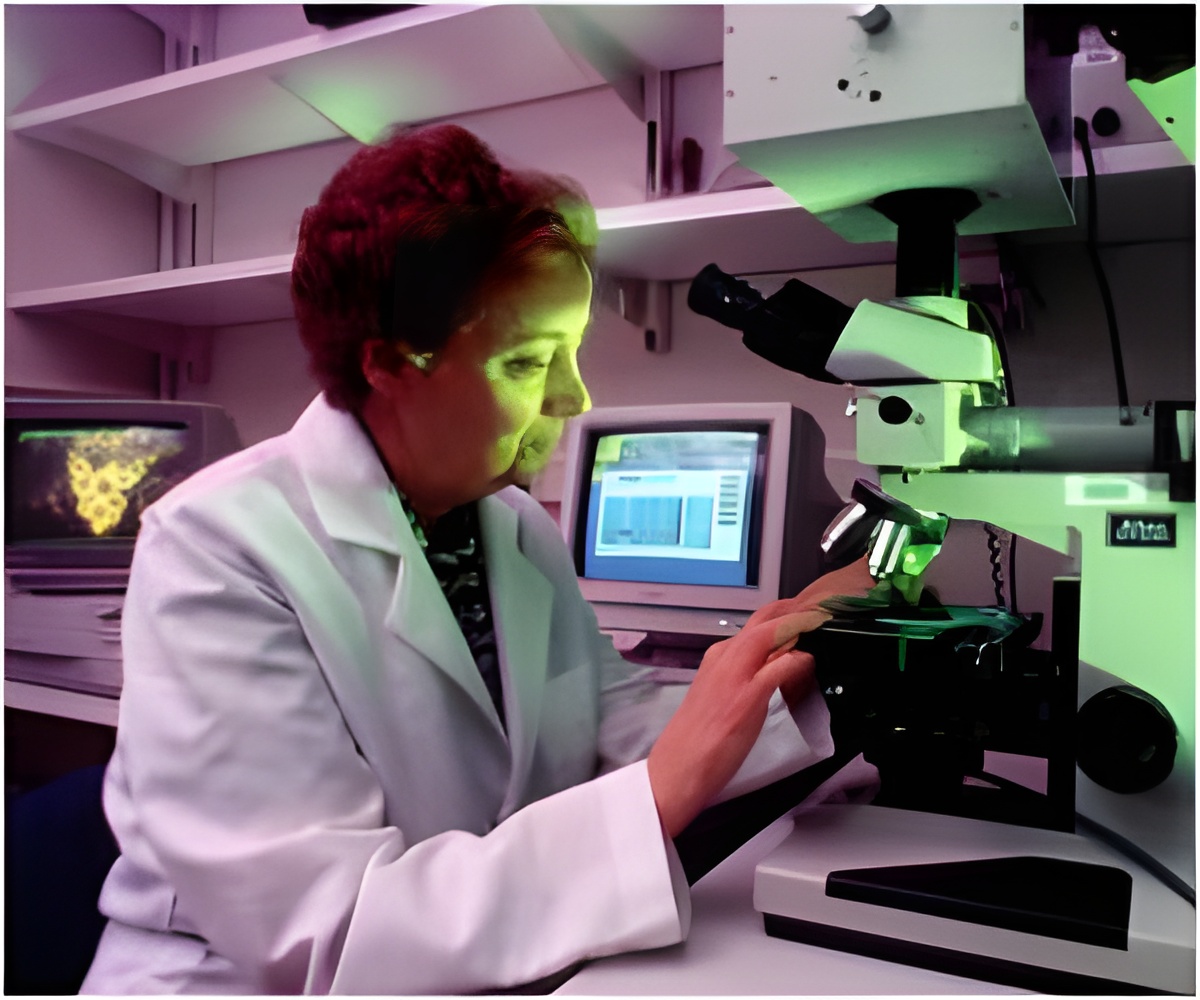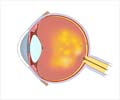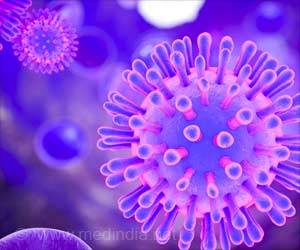Semiconductor nanocrystals separate light into component wavelengths and measures the intensity of light accurately like the traditional spectrometers.

Using prisms and diffraction gratings, spectrometers separate light into component wavelengths but the new approach relies on quantum dots, semiconductor nanocrystals that have quantum properties.
Depending on how the dots were manufactured, the nanocrystals can be made to absorb different wavelengths of light.
The new device, about the size of a large coin, includes groups of quantum dots that filter light within specific ranges of wavelengths. A camera placed behind a sheet printed with different groups of microdots can measure the amount of light that penetrates onto the photodetector.
The device is able to identify the wavelength and intensity parameters of light emitted by the object studied by combining the measurements gathered of light coming through different groups of quantum dots.
While the latest prototype is able to measure light of wavelengths within about 300 nanometers, by using more groups of quantum dots that range can be significantly expanded and the resolution increased.
Advertisement








